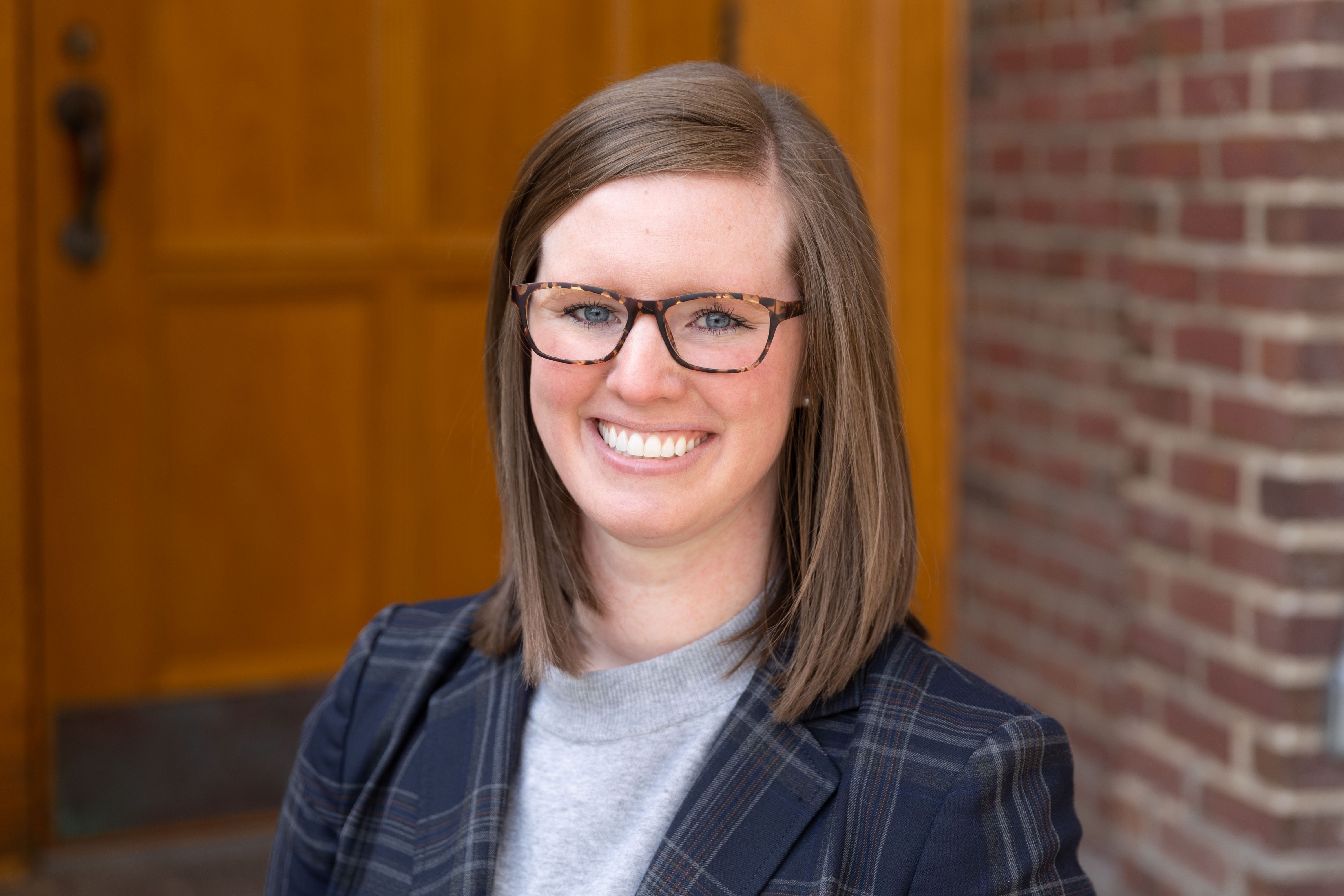
Assistant Professor Hanna Brant (SUNY Geneseo/Keith Walters ’11)
Summary
“Legislating as Your Full Self: Queer Women of Color in US State Legislatures,” demonstrates that though US state legislatures are disproportionately white and male, queer women of color are making significant strides in increasing their representation across American states.
Abstract
While recent gains in diversity in US state legislatures are notable, state legislatures remain disproportionately white and male. In this critical perspective piece, we examine the gains in representation and entrance to office of a group legislators who comprise an important intersection of identity in American politics: queer women of color. We find that the 30 Democratic queer women of color currently in office replaced fellow Democrats in all but four instances and defeated an incumbent in 13 elections. By providing an overview of these legislators, this piece contributes toward advancing a more representative understanding of the diversity of women in elective office. In doing so, we strive to pivot the center on queer women of color political elites and note several avenues for future research.
Main research questions:
1. Which state legislatures are queer women of color (WOC) most represented?
2. What are the legislators’ prior background before pursuing office? Including if they have previous elected experience or not.
3. Did the legislator defeat an incumbent and how do the previous seat holder’s demographic characteristics compare to the new legislator’s?
What does your research builds on?
Women and the LGBTQ+ community are underrepresented in American government. Previous research has explored the influence of identity by analyzing candidate emergence, the legislative behavior of women, and the intersection of the two.
What or how does your research add to the discussion?
Few studies focus on queer women of color in elective office in the US. This was in large part due to their underrepresentation more broadly. However, as queer women of color make advancements in elective office it is important to understand their backgrounds and experiences seeking and winning office, in part, as we argue, because they are the future of representation in America.
Novel methodology
Because our piece is one of few to center queer women of color in US state legislatures we present descriptive results on the legislators’ race, sexual orientation, the first year and chamber they were elected to, if they had previous elected experience, if they defeated an incumbent, and how their demographic characteristics compare to their predecessors. We find that of the 30 legislators, half have assumed office since 2020 and several are historical firsts in their positions. They represent 19 state legislatures, all are of the Democratic party, 26 replaced co-partisans, and 13 defeated an incumbent. In 14 cases the predecessor was also a legislator of color, 10 were also women, four were women color, and in two cases the predecessor was also a queer woman.
Implications for Society
While still underrepresented, women, people of color, and the LGBTQ+ community are making great strides in seeking and winning elective office in the United States. It is important to map the advancement of queer women of color in state legislatures because they may fundamentally change American institutions symbolically and substantively through policymaking. State legislatures also provide a snapshot into the future of representation in higher levels of government, as state legislatures serve as a stepping stone to positions in Congress or other statewide positions. As the saying goes, “it can be difficult to be what you can’t see,” and as young LGBTQ+ Americans see elected officials who look like them it may inspire them to run for elective office, and, in turn, making our elected officials more reflective of America as a whole.
Implications for Research
Our study opens several avenues for future research and raises several interesting questions that were beyond the scope of our study: future research should analyze the legislative behavior (e.g. bill introductions, voting patterns, floor speeches) and the characteristics of districts (e.g. level of education, religiousity, partisanship) represented by queer women of color.
Citation:
Hanna K. Brant & Jordan Butcher (2022): Legislating as Your Full Self: Queer Women of Color in US State Legislatures, Journal of Women, Politics & Policy, DOI: 10.1080/1554477X.2022.2068119
More Research Briefs
Call for Research
We invite SUNY Geneseo faculty to submit peer-reviewed research from the last three years to be added to this site.
